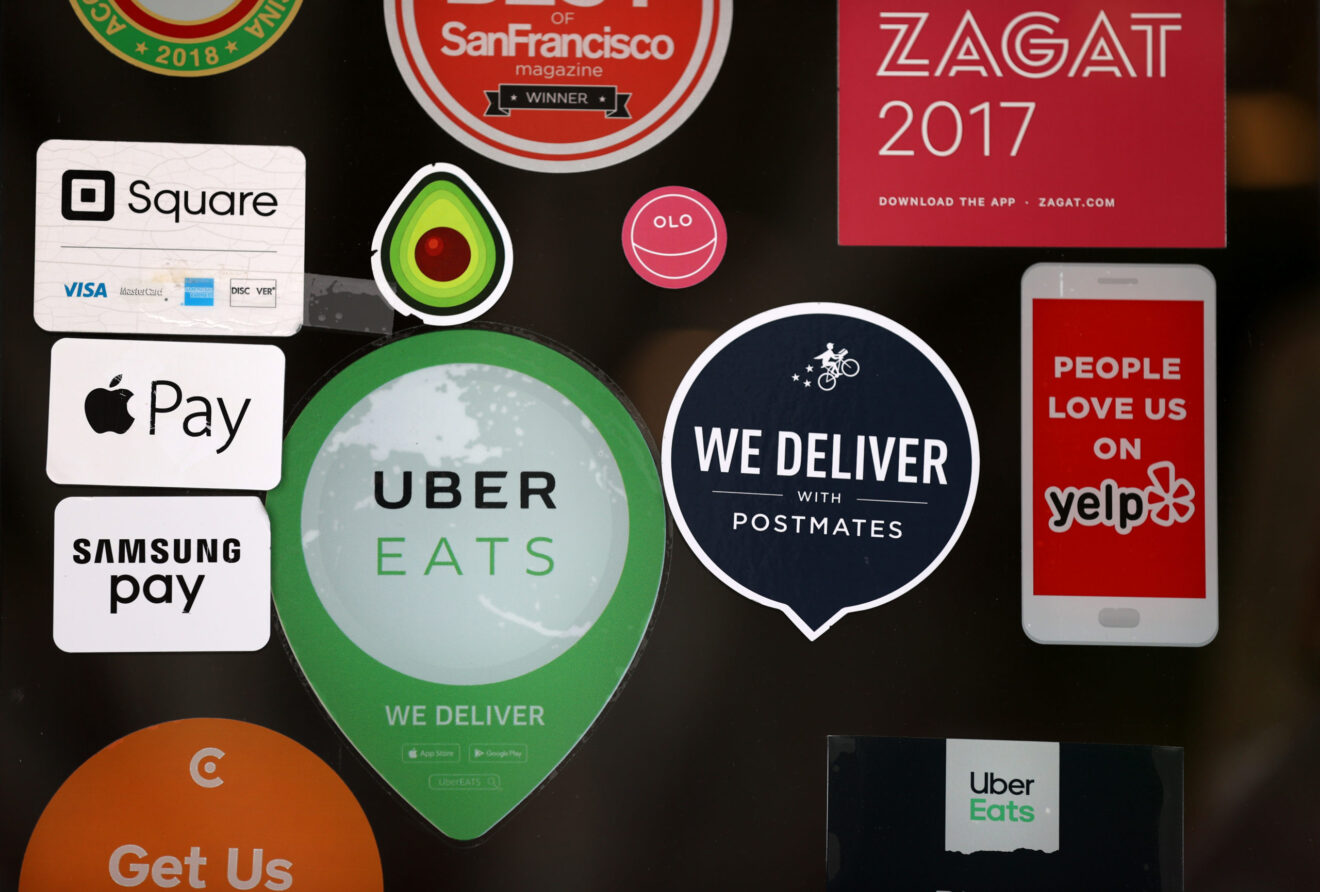The pandemic brought a learning curve for restaurants, retailers and other links in the food supply chain, and often players that had previously been proactive in innovating new ways to reach customers found themselves ahead of the game.
Major food retailers had already been making big investments in technology aimed at both improving the in-store experience and ramping up pick-up and delivery options, including Walmart which acquired Jet.com and Whole Foods Market which at first partnered with delivery service Instacart and then was acquired by Amazon and built an in-house delivery system.
Restaurant chains like Chipotle Mexican Grill and Starbucks were ahead of the curve in adopting digital tech to give customers more mobile ordering, payment and loyalty options and many others were following suit.
These trends were accelerated in the pandemic, as many things about the way we sourced, bought and consumed food shifted. Chipotle, for example, had the digital tech in place to pivot quickly to reach customers through innovative platforms like Twitch, where it held gaming tournaments where fans could play against pros and celebrities, Stephanie Perdue, the chain’s brand marketing vice president, told Mediapost.
Other restaurant chains found lifelines with partners that had established options for getting their food to consumers. E-commerce platform Goldbelly grew its roster of restaurant partners from about 450 to 850 in 2020, The New York Times reported. The company, which ships frozen versions of restaurant foods around the country, quadrupled sales in the past 12 months and recently raised $100 million in new funding, the report says.
Shopping online for food and grocery delivery or pickup, which had been growing in popularity among millennials and Gen Z, began to span all age groups as consumers sought safer ways of buying essentials.
Consumers’ growing embrace of digital channels was one of the biggest changes wrought by the pandemic, said Audre Kapacinskas, vice president of S2G Ventures.
“When your mom is talking about buying her olive oil online, you know society has turned a corner,” Kapacinskas said.
Research done by S2G Ventures last year highlighted some of the ways the pandemic exacerbated already weak links in the food supply chain. One thing the research revealed was the advantage tech-forward players had against those that were forced to play catch-up when the pandemic hit.
“Distribution networks have come to recognize that the existing infrastructure is going to need to evolve – it will not go away entirely, but we are entering a new era of innovation for the channel which is really exciting.”
Now that the economy is beginning to open up again and businesses and consumers are once again readjusting to change, it remains to be seen how much of the new normal will remain.
“There is a lot of pent-up demand for out-of-home consumption; the question is whether food service providers will be able to keep up given the labor market and supply chain challenges we are experiencing,” Kapaciniskas said. “While the supply chain has continued to function since its initial disruption in 2020, we remain in an environment where supply chains are still readjusting — the cost and availability of goods appears to be going up – as evidenced by the 4.2% CPI increase since last year.”
S2G Ventures’ research also found that 54% of consumers reported cooking at home more often than they had before the pandemic, reflecting the need for safer dining. That trend goes hand-in-hand with an increased focus on health and nutrition, and there are signs it could continue even as the world becomes safer for dining out once more.
In new research from sales and marketing services firm Acosta, 31% of families ate dinner at home nightly during the pandemic and 92% of families reported they plan to continue family meals at home at least as often as they have been doing during the pandemic.
“Post-COVID, shoppers believe eating together as a family will continue and 20% even say it will increase, Acosta Executive Vice President Colin Stewart said in a news release.
Related stories:
- Farmers’ markets played a bigger role in feeding America in the pandemic
- Health & wellness in the US today: Cultural shifts and the COVID-19 pandemic
- Is the future of produce all in the genes?
_______________________________________________
If you enjoyed this article, you can sign up for the FMI dailyLead, ProChef SmartBrief or Restaurant SmartBrief to get news like this in your inbox. For even more great news content, sign up for any of SmartBrief’s 275+ free email newsletters today, free.
